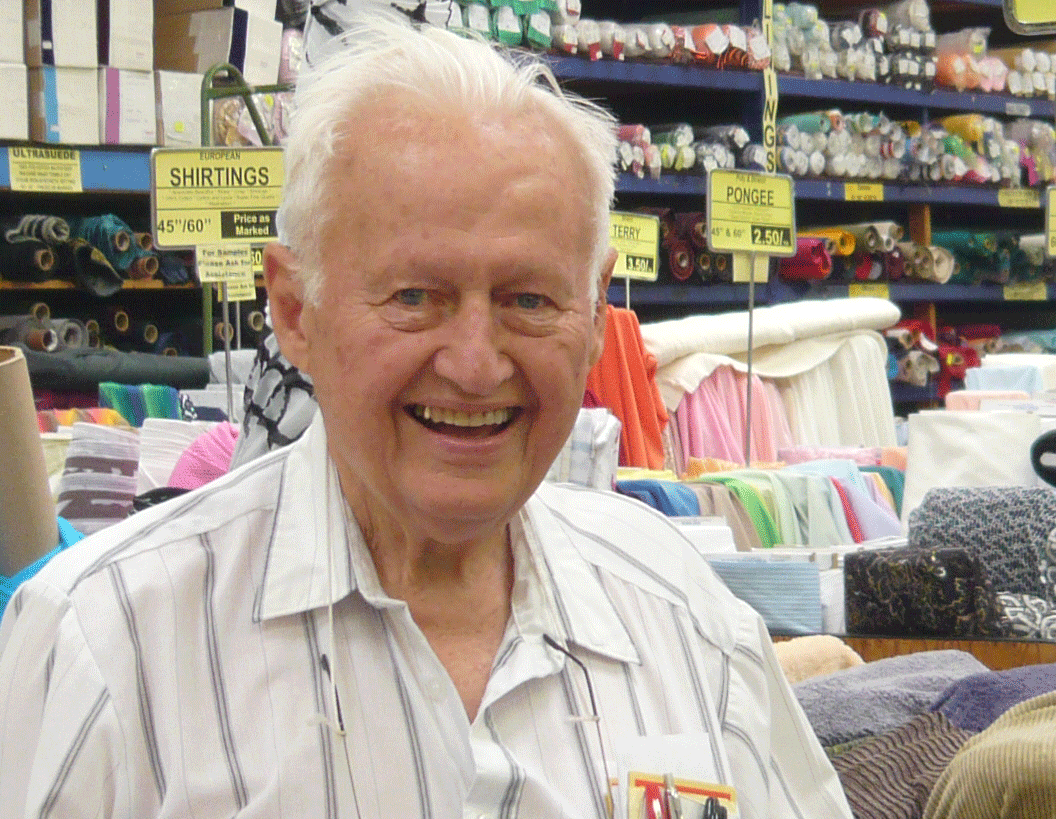Work with the movement-orientated learning and support material according to Dr John M. Hanson
Promote sensory skills and coordination with the Tootie method
- Training different sensory skills through movement
- Training of sensory functions
Holistic approach – almost all senses are addressed - Adaptable to all areas of application –
from kindergarten to advanced adulthood (geriatrics) - Linking academic content, cognitive learning, and motor coordination
- Promotion of basic mathematical skills
- Highly challenging, promotes concentration and motivation
- Use for diagnostics and developmental support
The VAKT method
According to Franziska Püller, Holistic Learning Institute for Holistic Learning and Dr. John Hanson, Optometrists' Congress in Paris (2000)
V
Visual perception
Optical perception
Colour, brightness
Position and movement of objects or your own body in space
A
Auditory perception
Acoustic perception
Frequency, volume
Sounds, noises, spatial localisation
K
Kinaesthetic perception
(depth perception)
Strong pressure, stretching, vibration
Weight of objects, position and movement of your own body
T
Tactile perception
Light pressure
Vibration
Surface properties of objects and your own body

John M. Hanson
Inventor of the Tooties
and the Tootie method
John M. Hanson
Inventor of the Tooties and the Tootie method
John M. Hanson was born in 1930 in California, USA, where he also lived and worked in recent years.
He was a man who had learnt not just to administer knowledge like pills, but to develop methods that awaken the joy of learning. ‘It's about the art of motivating people to awaken and train their intellectual and creative potential.’
The method he developed is easy and playful. It is therefore suitable for children as well as adults, for healthy and disabled people. Amazing results can be achieved within a relatively short time, instead of years of expensive treatments.
One of the reasons why John Hanson was so successful is probably that he was an inventor from childhood. At the age of 14, he invented the first suitable model of a clock radio. Inventing was easy for him, but marketing his ideas was difficult; until he finally learnt to sell his products. Even in his youth, as the leader of a scout group, Hanson knew how to set goals for the boys entrusted to him, motivate them and thus lead them to top performances in competitions. This training for the boys even had positive effects at school and throughout their lives. Above all, they had a lot of fun. And this was probably the secret of Hanson's success. However, John Hanson also realised through his own failures that these experiences can be very fruitful in the long term if you are prepared to see your own mistakes and learn from them. After failing thermodynamics, one of the most difficult subjects, while still a student, he later did very well in this subject.
In his first job as an assistant to the management, John Hanson was quickly able to improve product design and the production process, as well as quickly solving technical problems. His ideas were varied and creative.
At Westinghouse, he initially shocked people with the idea of painting the grey walls of the factory building with bright colours to make the workers feel more comfortable. Work performance immediately improved considerably.
When he invented his ‘Tooties’, J. Hanson had already been working for many years as a NASA space researcher on secret military projects. Now he developed programmes that made daily learning fun for many children and adults.
30 years later, millions of children across the United States have benefited from regular training with the Tooties. Observation and thinking are stimulated, making it easier to learn reading, writing, arithmetic, etc. Today, Tootie training is part of everyday life in many American schools.
Teachers often approached Hanson to support them in their work with disabled children. The Tootie training programme also proved very successful here.
He also frequently received enquiries from all over the world from families who wanted to give their children the best possible support - e.g. during convalescence after accidents.
Through his work with the Tooties, he was able to develop into a joyful and communicative person and remained so until his death on 18 January 2014.


